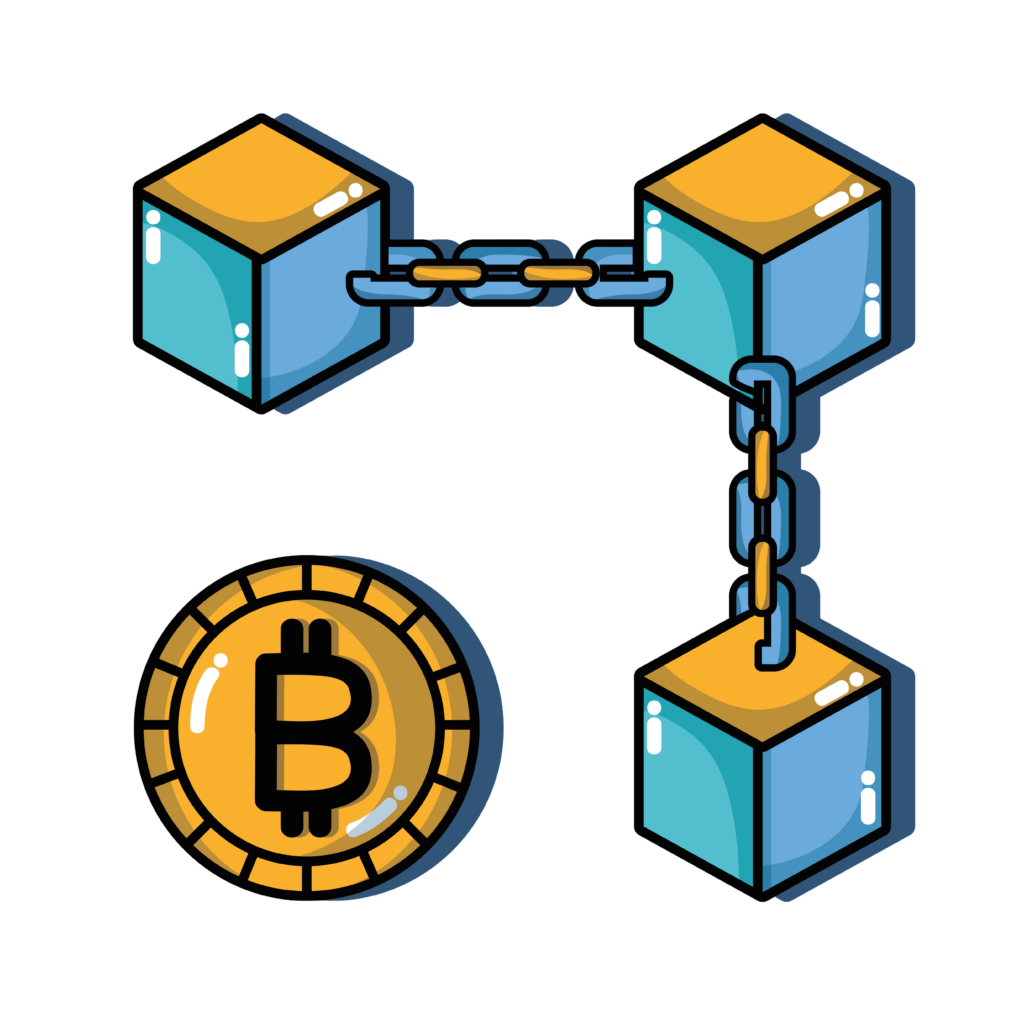
Gas fees are an essential part of blockchain transactions, especially in cryptocurrency networks like Ethereum. As blockchain technology becomes more widely used, understanding these fees is crucial for anyone involved in sending digital currency, using smart contracts, or interacting with decentralized applications (dApps).
Understanding Gas Fees
At their core, gas fees are charges users pay to process transactions on a blockchain. These fees compensate miners or validators for verifying and securing the network. When you perform actions like transferring cryptocurrency or running a smart contract, you pay gas fees to ensure your transaction is handled efficiently.
Unlike fixed transaction fees in traditional finance, gas fees fluctuate based on factors such as network activity and transaction complexity. When a blockchain is crowded with transactions, gas fees rise due to higher demand for processing power. Understanding these factors is key to managing costs when dealing with cryptocurrency.
What Is “Gas” in Blockchain?
The term “gas” primarily refers to the Ethereum network and measures the computational work needed for transactions. Each action, from a simple transfer of tokens to a complex smart contract, requires a certain amount of gas. Users pay these gas fees to miners, and higher fees typically mean faster processing.
For example, transferring Ethereum between wallets requires less gas than executing a smart contract. This system allows users to prioritize their transactions based on urgency and available resources.
How Gas Fees Are Calculated
Gas fees are determined using a simple formula: gas limit multiplied by the gas price. The gas limit is the maximum amount of gas a user is willing to spend, while the gas price refers to the cost of each unit of gas. By adjusting these two variables, users can control how much they spend on transaction fees.
For instance, a high gas price means faster processing but more expense, while setting a lower gas price may result in a slower transaction. Calculating the gas fee carefully allows users to manage their costs effectively.
What Influences Gas Prices?

Several factors impact gas prices on a blockchain network. The most significant is network congestion. When many users are sending transactions, the competition for miners’ attention drives up gas fees. Those willing to pay more get their transactions processed sooner.
Complexity also plays a role. Simple transactions like transferring coins require less gas than more intricate operations like executing smart contracts. Additionally, network upgrades or changes can temporarily affect gas prices.
The Role of Gas Fees in Blockchain Security
Gas fees contribute to network security by compensating miners for their work. This financial reward incentivizes miners to continue verifying and processing transactions, ensuring the network remains secure.
Higher gas fees also act as a deterrent against spam attacks. An attacker would need to pay high fees to flood the network with fake transactions, making such attacks less feasible. This pricing model helps maintain blockchain stability.
Handling Network Congestion
During high-traffic periods, gas prices can rise sharply. Users sending transactions during these times may face significantly higher fees. Since miners prioritize transactions with higher gas fees, users willing to pay more enjoy quicker processing, while others might experience delays.
To avoid paying excessive fees, users can time their transactions during periods of lower demand. Additionally, tools are available to track gas prices, helping users identify optimal times for transactions.
Gas Fees and Their Impact on Users and Developers
Gas fees impact both users and developers. For users, high gas fees can discourage participation, particularly in times of network congestion. This problem can lead to decreased engagement with dApps and other blockchain services.
Developers, on the other hand, must consider gas fees when designing their applications. High fees can deter users from interacting with their platforms, so developers need to optimize their code to minimize gas costs. This balance between functionality and cost-efficiency is critical for widespread adoption.
Strategies to Minimize Gas Costs

For users looking to reduce gas costs, several strategies are available. Monitoring gas prices through specialized tools allows users to time their transactions during periods of lower demand, resulting in lower fees.
Another approach is adjusting the gas limit and gas price based on urgency. Non-urgent transactions can be set with lower gas prices, saving money. Users can also explore Layer 2 solutions, which offer faster and cheaper alternatives by processing transactions off-chain and then settling them on the main blockchain.
Alternatives to Traditional Gas Fee Models
As blockchain technology evolves, alternative models for gas fees are being explored. Some networks are considering fixed or subscription-based models, where users pay a flat fee for access to services. These alternatives aim to simplify the user experience and provide more predictable costs.
Transaction batching is another innovation gaining traction. By bundling multiple transactions into one, users can reduce gas fees while alleviating network congestion. This method enhances efficiency and reduces the overall cost for users.
The Future of Gas Fees
The structure of gas fees is constantly evolving as blockchain technology advances. As developers seek to make cryptocurrency more accessible, we may see new solutions emerge that reduce transaction costs without sacrificing security. Improved algorithms could adjust gas prices dynamically based on real-time network conditions, providing a more user-friendly experience.
Innovations like Layer 2 solutions, transaction batching, and off-chain scaling techniques may play a crucial role in shaping the future of gas fees. These technologies will likely help bring down costs and make blockchain more practical for everyday users.
Conclusion
Gas fees are essential for the functioning and security of blockchain networks. They incentivize miners to maintain the network and ensure transactions are processed securely. By understanding how gas fees work and how they are calculated, users can make informed decisions to minimize costs and optimize their experience.
As the cryptocurrency space continues to grow, staying informed about gas fees and their alternatives will help users understand how blockchafin technology is changing. With new solutions on the horizon, the future promises a more accessible and efficient system for managing gas fees and blockchain transactions.